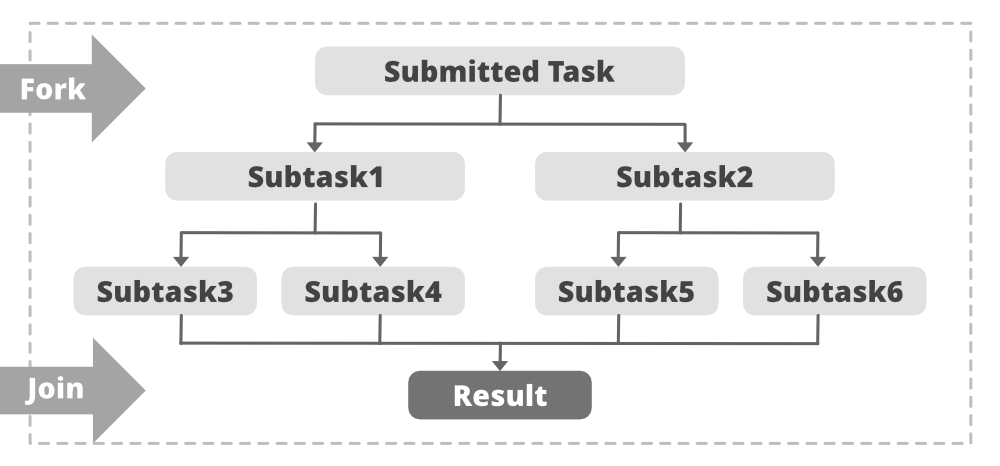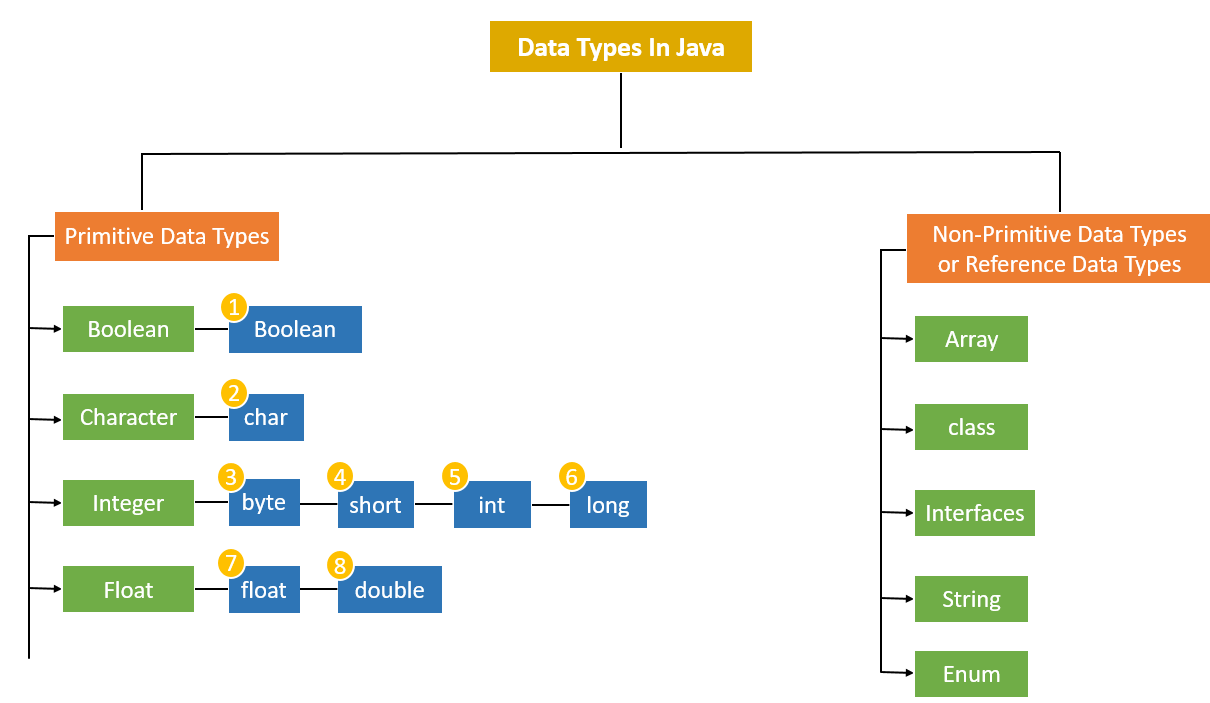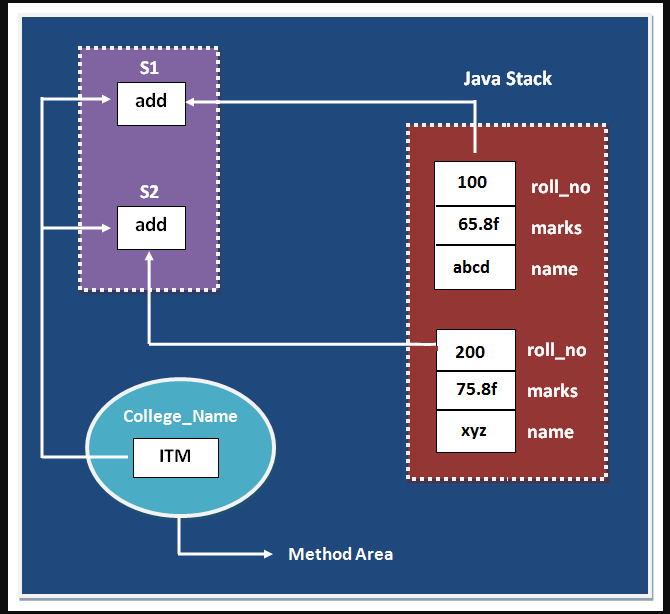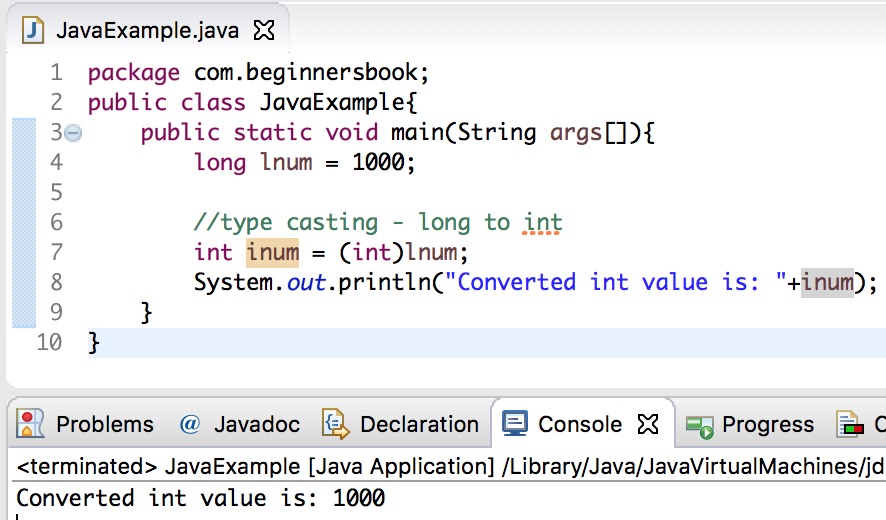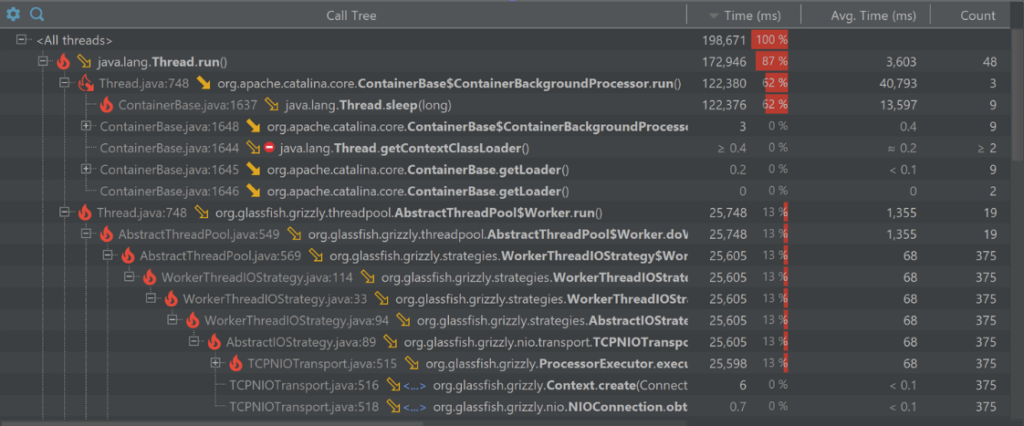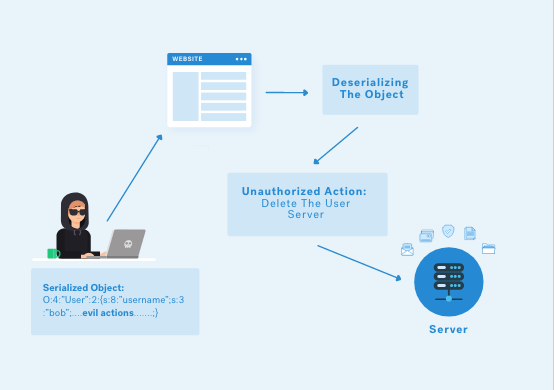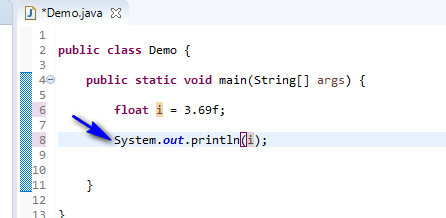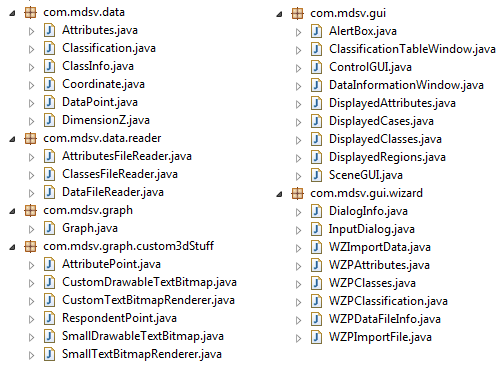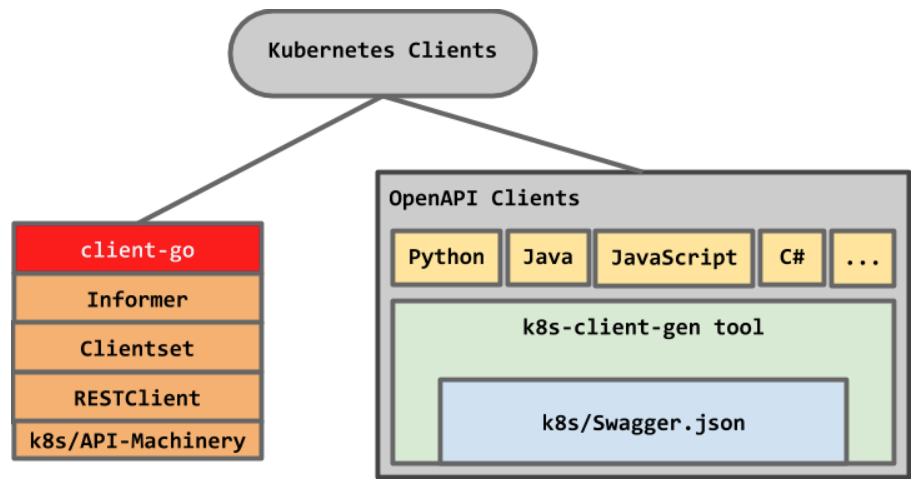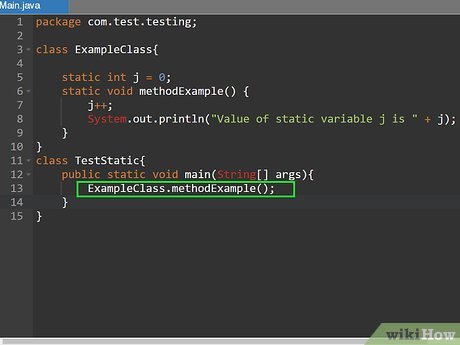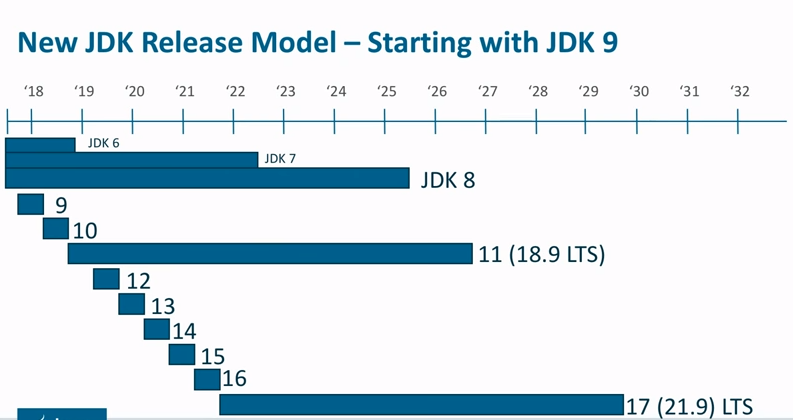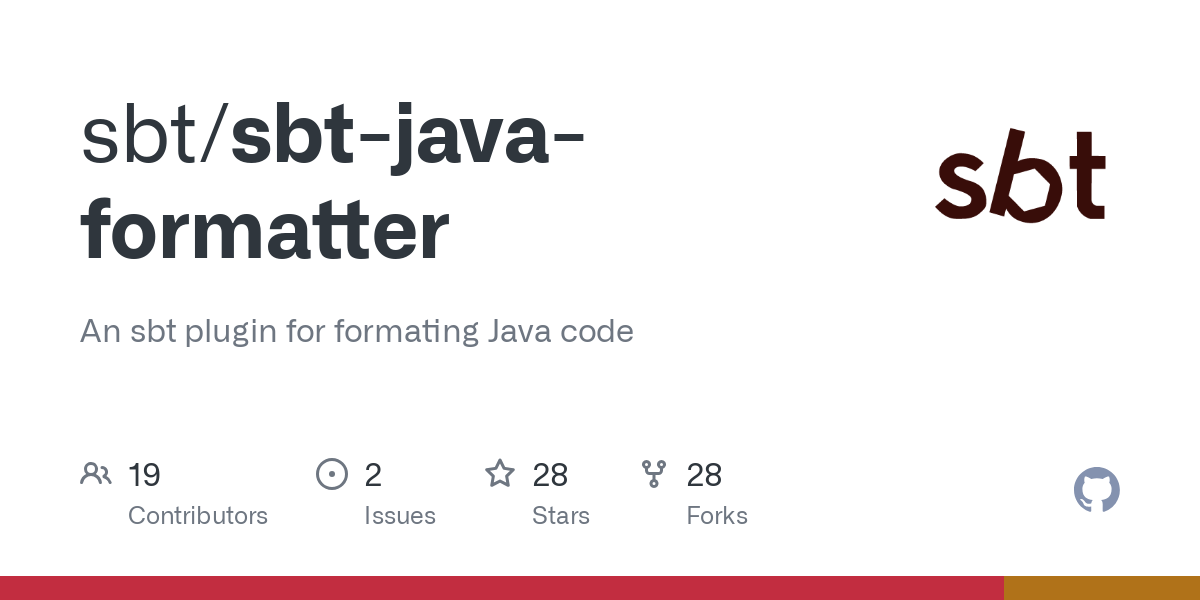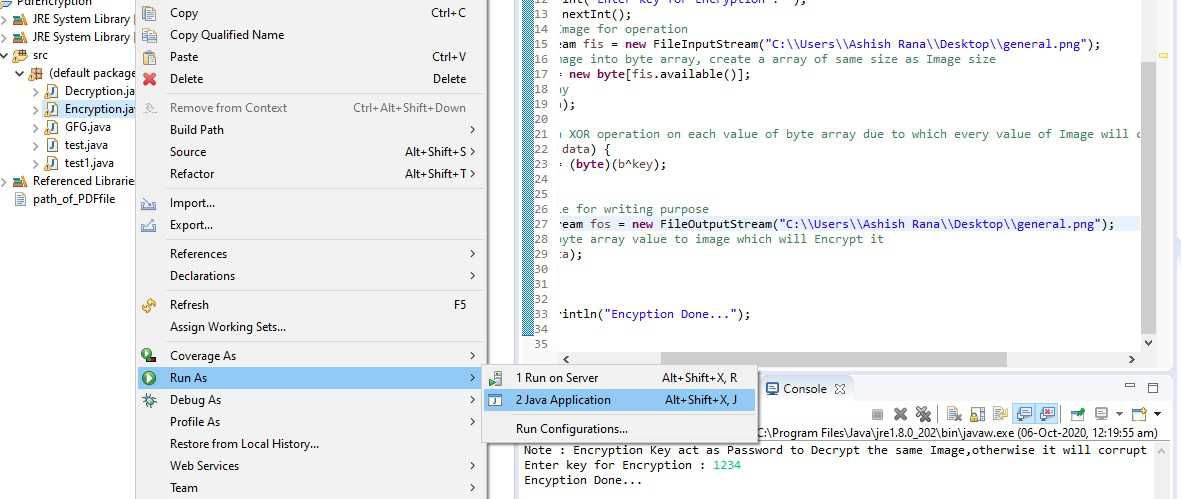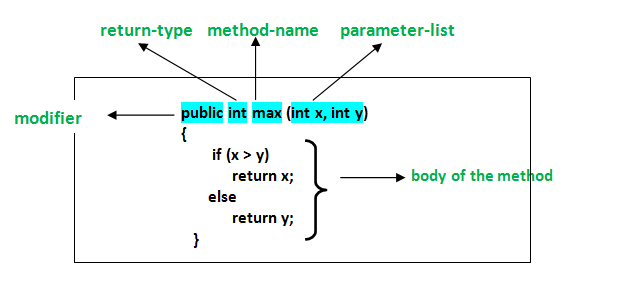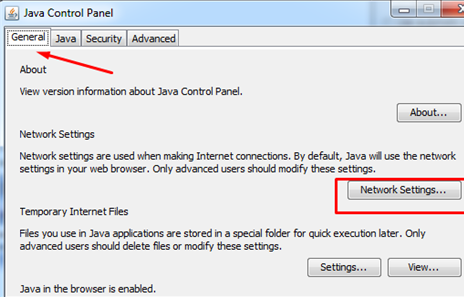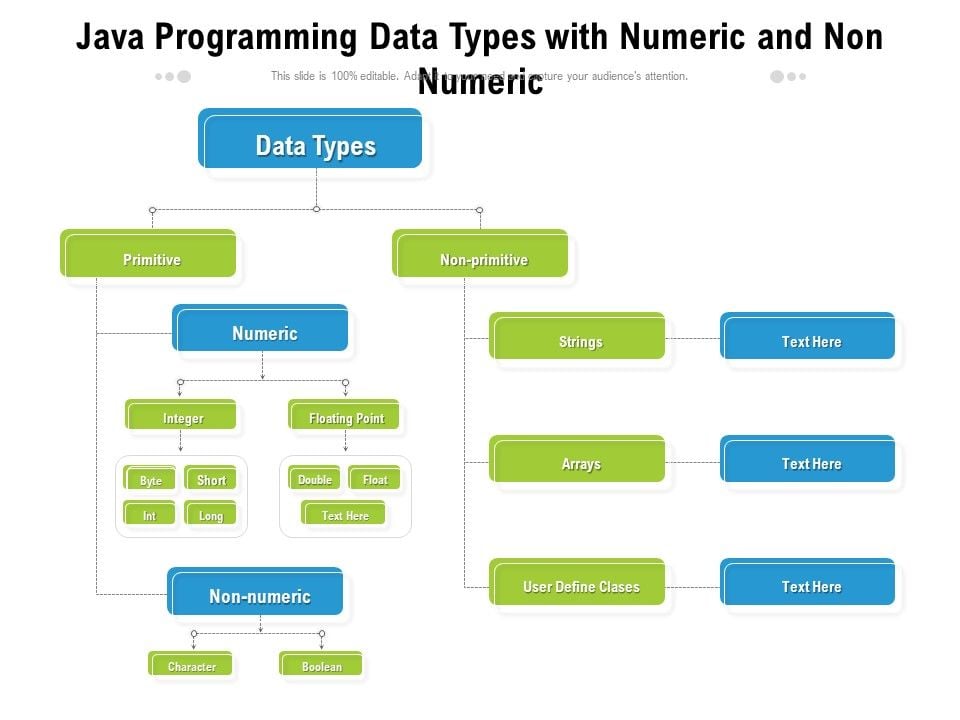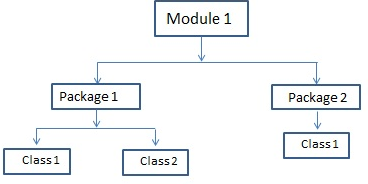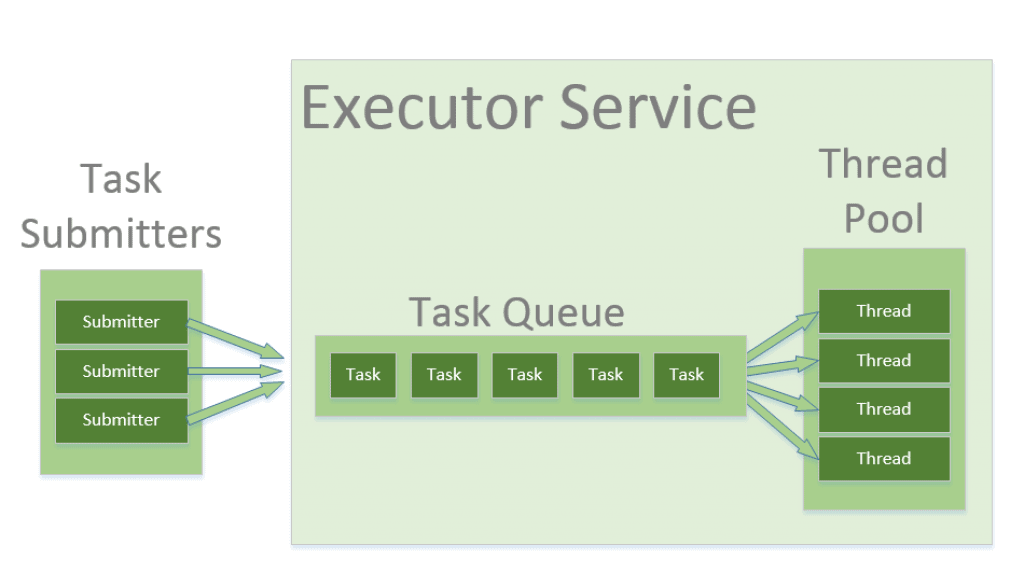Java thread-safe queue
Java thread-safe queue
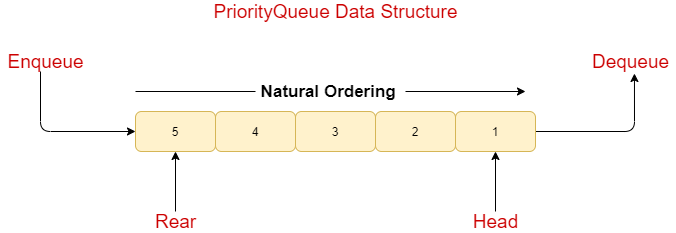
I'll respond in English for now.
A Java thread-safe queue is a crucial data structure that ensures the safe and efficient sharing of data among multiple threads or concurrent processes in a multithreaded environment. A thread-safe queue can be implemented using various strategies, including:
Synchronized BlockingQueue: This implementation uses Java'sjava.util.concurrent.BlockingQueue interface, which provides blocking methods for putting and taking elements from the queue. The synchronized keyword ensures that only one thread can access the queue at a time.
import java.util.concurrent.BlockingQueue;
import java.util.concurrent.LinkedBlockingDeque;
public class SynchronizedBlockingQueue {
private final BlockingQueue queue = new LinkedBlockingDeque<>();
public void put(Object o) throws InterruptedException {
queue.put(o);
}
public Object take() throws InterruptedException {
return queue.take();
}
}
ReentrantLock and ConcurrentLinkedQueue: This implementation uses Java's java.util.concurrent.locks.ReentrantLock and java.util.concurrent.ConcurrentLinkedQueue classes. The ReentrantLock is used to lock the queue, allowing only one thread to access it at a time.
import java.util.concurrent.ConcurrentLinkedQueue;
import java.util.concurrent.locks.ReentrantLock;
public class ReentrantLockAndConcurrentLinkedQueue {
private final ConcurrentLinkedQueue queue = new ConcurrentLinkedQueue<>();
private final ReentrantLock lock = new ReentrantLock();
public void put(Object o) {
lock.lock();
try {
queue.add(o);
} finally {
lock.unlock();
}
}
public Object take() throws InterruptedException {
lock.lock();
try {
return queue.poll();
} finally {
lock.unlock();
}
}
}
AtomicVariables and ConcurrentHashMap: This implementation uses Java's java.util.concurrent.atomic.AtomicVariable and java.util.concurrent.ConcurrentHashMap classes. Atomic variables ensure that the queue is updated atomically, while a concurrent hash map allows for efficient lookups.
import java.util.concurrent.atomic.AtomicInteger;
import java.util.concurrent.ConcurrentHashMap;
public class AtomicVariablesAndConcurrentHashMap {
private final ConcurrentHashMap<Integer, Object> queue = new ConcurrentHashMap<>();
private final AtomicInteger size = new AtomicInteger(0);
public void put(Object o) {
int currentSize = size.get();
queue.put(currentSize, o);
size.incrementAndGet();
}
public Object take() throws InterruptedException {
int currentSize = size.getAndDecrement();
return queue.remove(currentSize);
}
}
Each of these implementations provides a thread-safe queue, but they differ in their approach and performance characteristics. The choice of implementation depends on the specific requirements of your application.
In conclusion, implementing a Java thread-safe queue requires careful consideration of concurrency control strategies to ensure safe and efficient sharing of data among multiple threads or concurrent processes.
Java thread-safe map
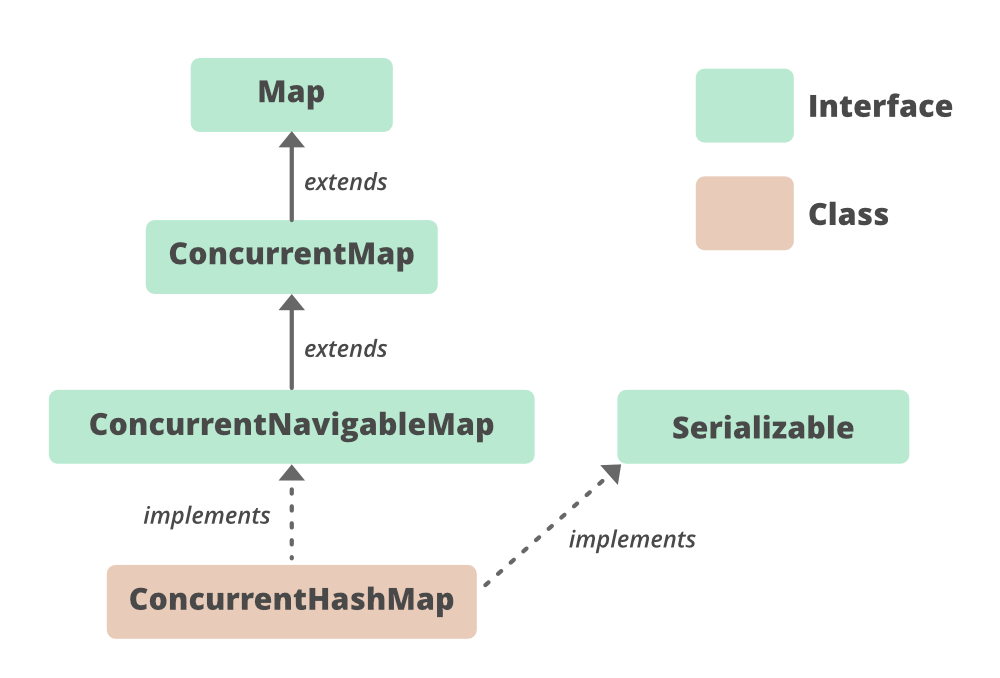
A question that's music to my ears! A thread-safe map implementation is a crucial component of any multi-threaded application, ensuring data integrity and consistency in the face of concurrent access.
In Java, designing a thread-safe map can be achieved through various approaches. Here are some strategies:
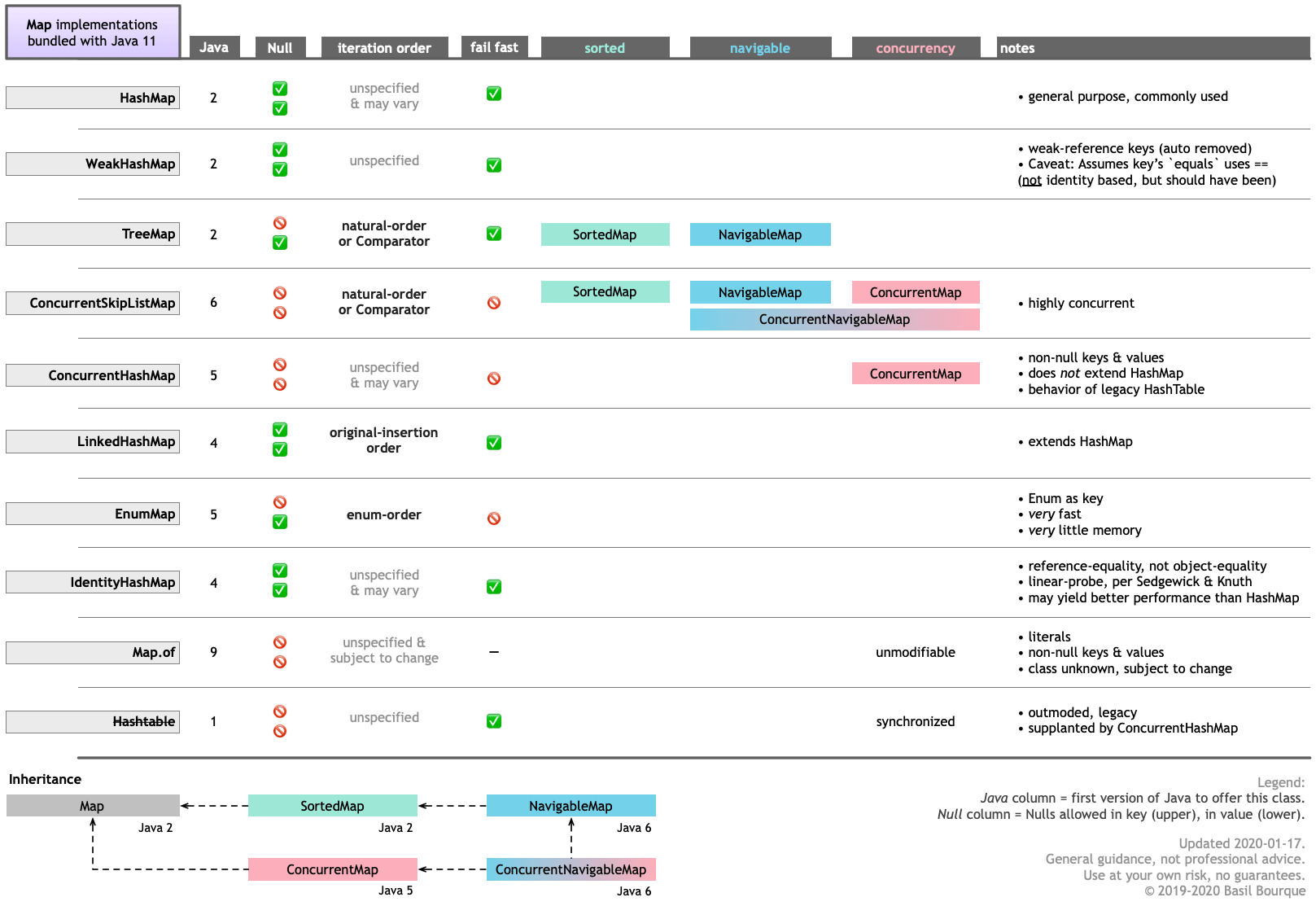
For example, you can use the java.util.Collections.unmodifiableMap() method to create an immutable view of a map:
public class ImmutableThreadSafeMap {
private final Map<K, V> map;
public ImmutableThreadSafeMap(Map<K, V> map) {
this.map = Collections.unmodifiableMap(map);
}
public V get(K key) {
return map.get(key);
}
}
synchronized keyword ensures that only one thread can access the map at a time. This approach provides strong consistency but may introduce performance bottlenecks due to the need for locks.
For example, you can use the java.util.concurrent.ConcurrentHashMap class:
public class SynchronizedThreadSafeMap {
private final Map<K, V> map;
public SynchronizedThreadSafeMap() {
map = new ConcurrentHashMap<>();
}
public V get(K key) {
synchronized (map) {
return map.get(key);
}
}
}
For example, you can use the java.util.concurrent.atomic.AtomicReference class:
public class LockFreeThreadSafeMap {
private final AtomicReference<Map<K, V>> map;
public LockFreeThreadSafeMap() {
map = new AtomicReference<>(new ConcurrentHashMap<>());
}
public V get(K key) {
Map<K, V> currentMap;
do {
currentMap = map.get();
} while (!map.compareAndSet(currentMap, new ConcurrentHashMap<>(currentMap)));
return currentMap.get(key);
}
}
In conclusion, designing a thread-safe map in Java involves choosing the right approach depending on your specific requirements and constraints. Whether you opt for immutable maps, synchronized maps, or lock-free maps, ensuring thread-safety is crucial to maintaining data integrity and consistency in multi-threaded applications.
(Note: The code snippets above are simplified examples and may not be production-ready.)
